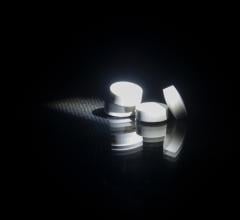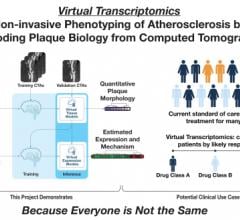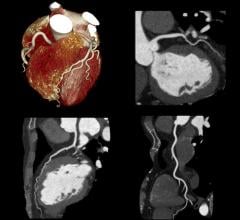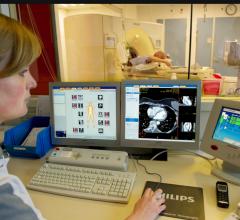Automated workflow enhancements and clinical applications for the Aquilion CT line are designed to reduce patient radiation dose, provide faster diagnosis and maximize patient comfort.
An example of two applications that will be showcased include SURE Cardio Prospective and Variable Helical Pitch (vHP). Toshiba’s SURECardio Prospective helps reduce patient radiation dose by up to 80 percent during coronary CTA exams by using a helical acquisition technique to provide one continuous image instead of multiple images produced by the current step-and-shoot technique. The step-and-shoot technique can produce inconclusive images, particularly for patients with irregular heartbeats, leading to increased exam times and radiation dose for the patient. SURECardio Prospective will automatically adjust to patients with irregular heartbeats, providing quicker, more conclusive exam results.
SURECardio Prospective automates scan parameters and reconstruction based on the patient’s heart rate. It also speeds exam time and eliminates the need for additional contrast used with the step-and-shoot method.
Variable Helical Pitch (vHP) increases workflow and efficiency by enabling physicians to complete an exam of more than one anatomical region consecutively (i.e. without stopping to alter the helical pitch of the exam.) This gives physicians the flexibility needed for cardiovascular imaging, the company said. For example, patients with suspected chest pain can now undergo one CT exam that provides physicians information to assist in the diagnosis of both heart disease and aortic aneurysms.
Toshiba said it is the first to clinically introduce this type of technique.
October 2008


 March 07, 2024
March 07, 2024 








